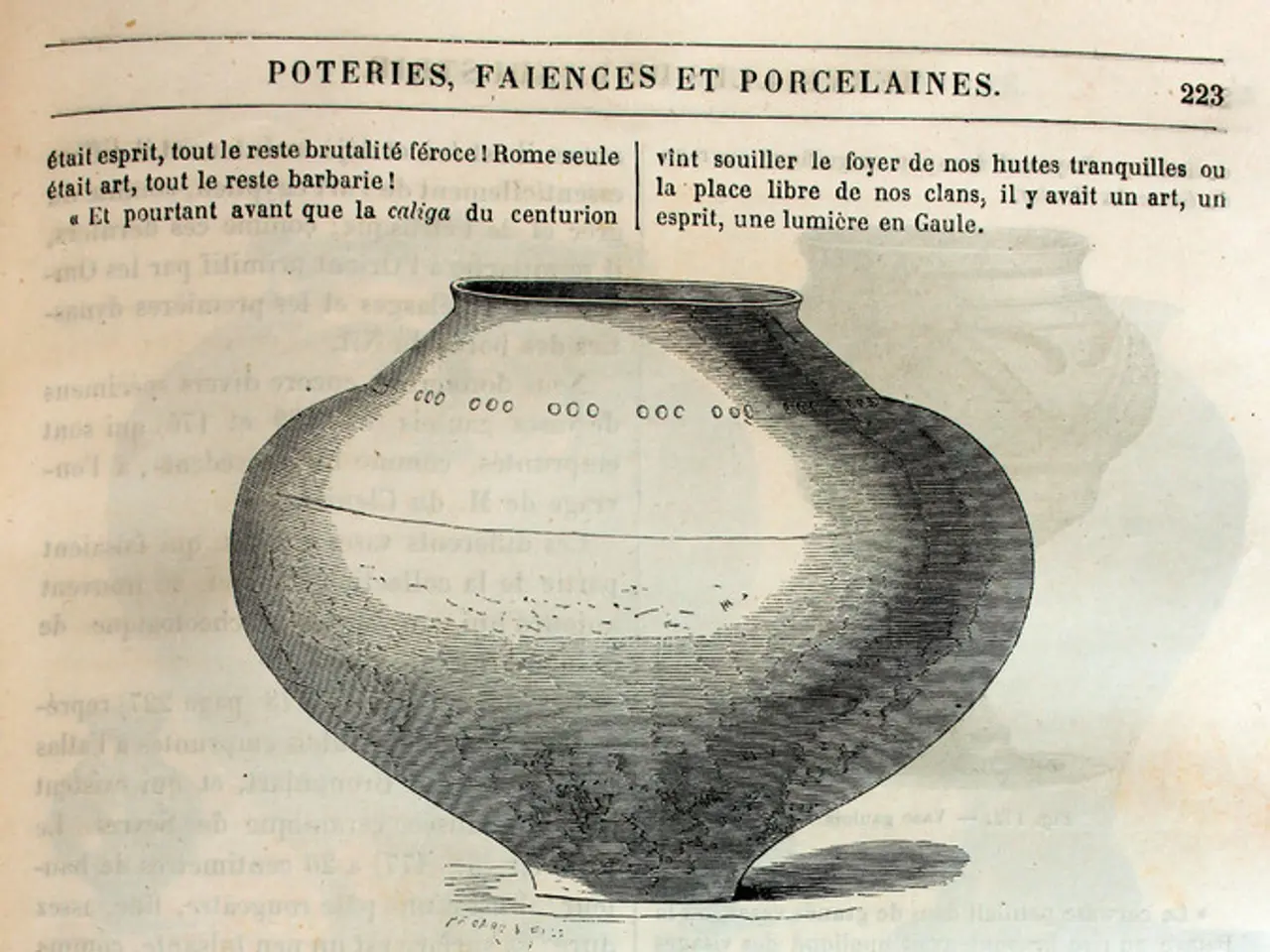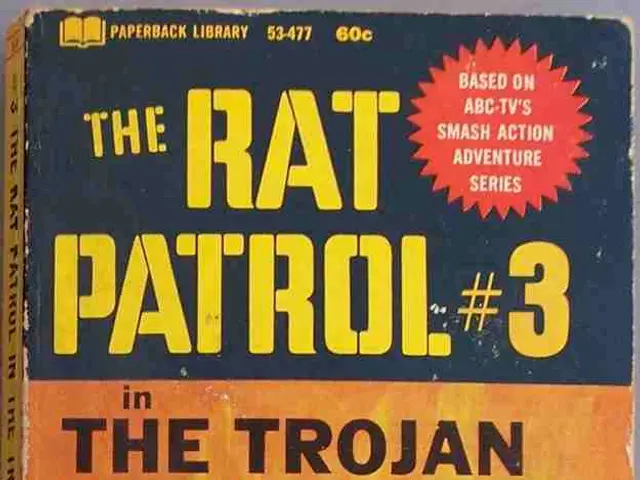Attempted quantum deception aims to change water into wine
In the realm of science, a groundbreaking discovery has been made that echoes the ancient practices of alchemy. A team of researchers, led by Gerard McCaul, Denys Bondar, and their colleagues, have developed a new method for alchemical deception using light to manipulate the quantum states of matter. This technique, known as Quantum Tracking Control, has the potential to temporarily transform ordinary substances into exotic phases, mimicking the appearance of other materials [1].
The Stockholm Papyrus, a manuscript from around 300AD, is one of the richest sources of knowledge about the alchemical arts in antiquity. It contains recipes for making dyes, preparing gemstones, pearls, and metals, including a method to give objects of copper the appearance of gold. The modern-day counterpart to this ancient practice involves coating objects with a preparation of powdered gold and lead, a form of crude gold plating [2].
The new method, however, does not alter the chemical makeup of the substance. Instead, it manipulates the optical properties, such as reflectance spectrum, to mimic the appearance of another material. For instance, water could be made to exhibit optical properties similar to wine for mere picoseconds, creating a fleeting illusion of transformation [5].
The technique involves manipulating the quantum states of a sample, such as water, using femtosecond laser pulses. This alters the concentration of solvated electrons and shapes the polaron resonance to resemble those of other substances like isopropyl alcohol and ethylene glycol [3].
In a more complex process, lasers can be used to control quantized vibrations (phonons) within crystals, stabilizing these quantum states to preserve or modify unique optical properties. By cooling phonons to their lowest energy states, the interaction between light and material vibrations is enhanced, facilitating precise optical control that can simulate different material appearances [2].
This dynamic modulation, sometimes termed "quantum tracking control," essentially "drives" the material's quantum states in a controlled manner to produce transient optical properties that imitate those of other substances. The possibilities for this modern alchemy are limited only by our imagination [6].
However, it's important to note that the mimicry is only partial and lasts for only a few picoseconds. Denys Bondar advises that readers should not cancel their wine subscription yet [4].
The experiment offers a proof of principle for the feasibility of making quantum impostors, which could potentially be used to write properties optically into a material and switch it into a conductive, transparent, or superconducting state [5]. The researchers have already created "driven impostors" where a system's response can be tailored to mimic that of an entirely different material [1].
Throughout the history of alchemy, there was a tension between attempts to genuinely transform base metals into gold and techniques for simply mimicking gold's appearance. This modern development continues to blur the lines between reality and illusion [7].
References: 1. Quantum tracking control of exciton dynamics in chromium sulfide bromide 2. Quantum tracking control of phonons in a single crystal 3. Mimicking the optical properties of isopropyl alcohol and ethylene glycol using quantum tracking control 4. Don't cancel your wine subscription just yet 5. Proof of principle for making quantum impostors 6. The possibilities for this modern alchemy are limited only by our imagination 7. Alchemy - A book published in September.
Read also:
- Enhancing the Structural Integrity
- Electric trikes hit the streets of Lagos, Nigeria, as Olympian Usain Bolt's company unveils its line of electric tricycles.
- Microsoft collaborates with Univers to enhance AI for energy conservation in data centers
- NASA and Unimatic join forces to create a space-inspired watch design reminiscent of Stanley Kubrick's iconic vision in '2001: A Space Odyssey'.






